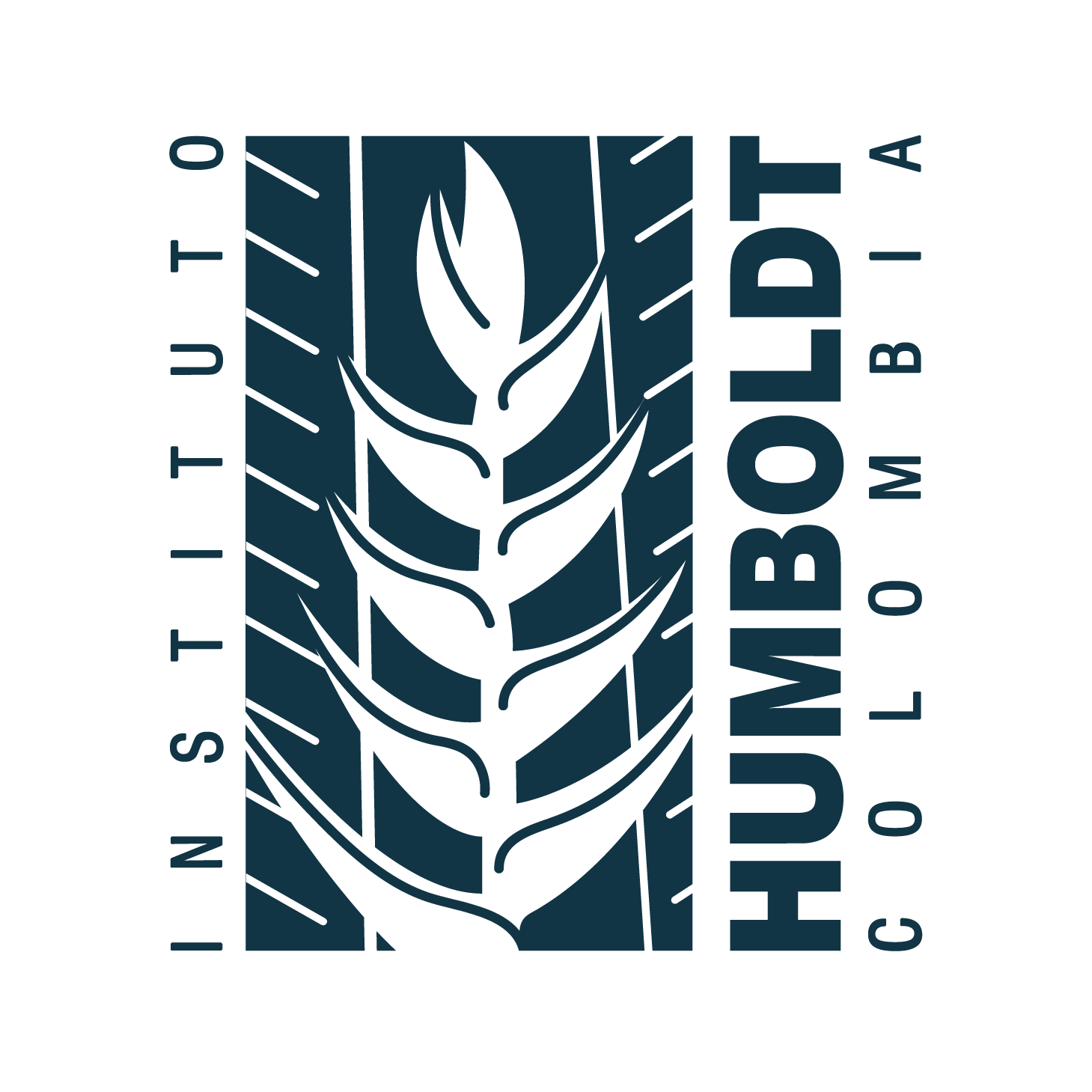Abstract (en):
Colombia viene sufriendo un proceso acumulado de destrucción, degradación y daño de sus ecosistemas. En las últimas décadas este proceso se ha incrementado y ha generado consecuencias graves sobre la oferta de servicios ecosistémicos, se han incrementado los riesgos naturales y se ha afectado la calidad de vida de las poblaciones rurales y urbanas. Históricamente, el país ha planteado su desarrollo económico a partir de la sobreexplotación del capital natural, sin tener en cuenta que el crecimiento económico del país depende de la capacidad que tenga la naturaleza para tolerar todos los procesos económicos, sociales, tecnológicos y culturales. Este panorama ha hecho que los sectores económicos, la academia, los tomadores de decisión y las comunidades locales, deban contemplar diversos
mecanismos de gestión integrada de los ecosistemas, desde el fortalecimiento de áreas protegidas (futuras y actuales), el cambio de uso del suelo, y por supuesto, la restauración de las áreas dañadas o perdidas, las cuales se necesitan para la prestación de servicios tanto en la actualidad como en el futuro. Durante los últimos 20 años, Colombia ha
experimentado un importante desarrollo en temas de restauración ecológica con varios enfoques e intereses y ha alcanzado distintos resultados. Sin embargo, las bases conceptuales y metodológicas de la restauración ecológica están dispersas a todo nivel, incluso al interior del Sistema Nacional Ambiental (SINA) y todavía es muy difícil establecer el grado de éxito que hayan podido alcanzar esos distintos procesos de restauración (Murcia et al. 2015, Ramírez et al. 2015).
How to Cite
The works published in the journals of the Alexander von Humboldt Biological Resources Research Institute are subject to the following terms, in relation to copyright:
1. The patrimonial rights of the published works are assigned to Instituto de Investigación de Recursos Biológicos Alexander von Humboldt. The authors or institutions that elaborate the document agree to transfer the patrimonial rights to the Humboldt Institute with the sending of their articles, which allows, among other things, the reproduction, public communication, dissemination and dissemination of works.
2. The works of digital editions are published under a Creative Commons Colombia license:
Creative Commons License
This work is licensed under a Creative Commons Atribución-NoComercial-SinDerivar 4.0 Internacional.
> Attribution - Non-commercial - No Derivative: This license is the most restrictive of the six main licenses, it only allows others to download the works and share them with others, as long as their authorship is acknowledged, but they cannot be changed in any way, nor can they be used commercially.
3. The authors, when submitting articles to the editorial process of the magazines published by the Humboldt Institute, accept the institutional dispositions on copyright and open access.
4. All items received will be subjected to anti-plagiarism software. The submission of an article to the magazines of the Humboldt Institute is understood as the acceptance of the review to detect possible plagiarism.
5. The works submitted to the editing process of the magazines of the Humboldt Institute must be unpublished.


















